Pasture
All Pasture Content
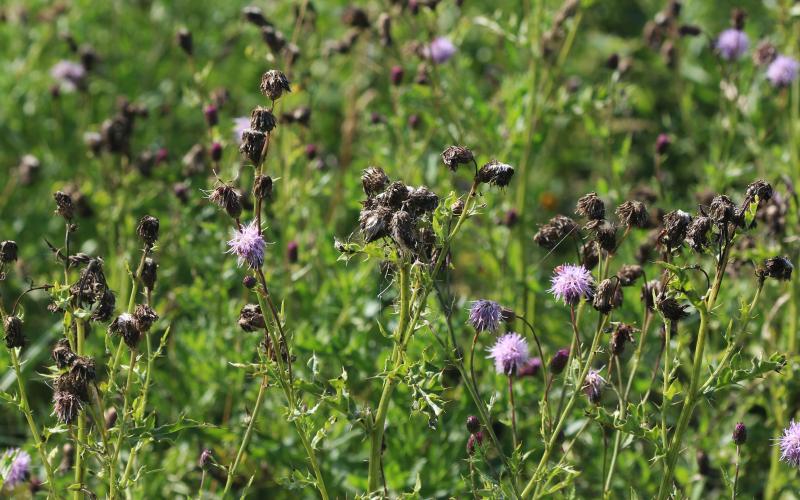
Current State of Noxious Weed Management in South Dakota
Results of an online survey to determine how South Dakota stakeholders are currently managing noxious weeds.
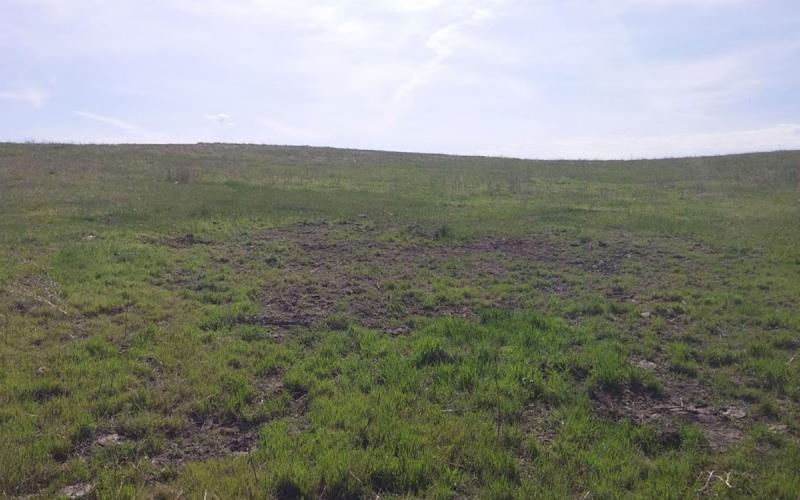
Dying Patches in Your Pasture? Make Sure You Don’t Have White Grubs.
There have been an increasing number of reports of pastures with dead areas showing up this spring. A little digging into these areas has revealed that part of the problem is the presence of true white grubs, which are the larva of June beetles.
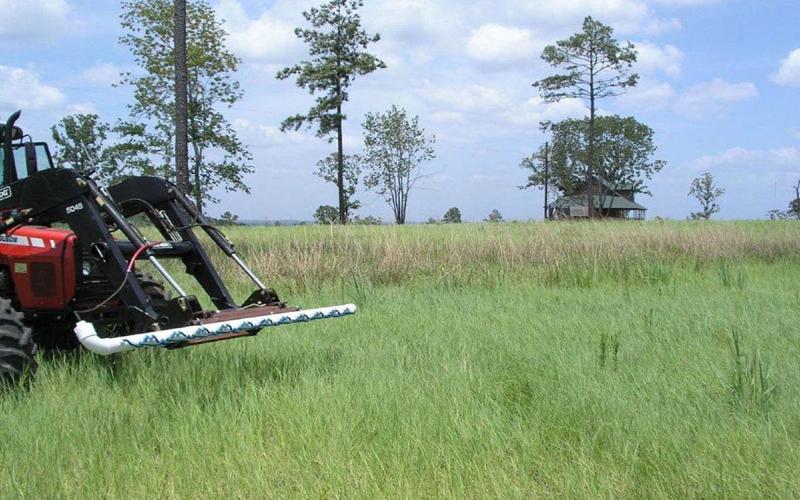
Low-Cost and Adaptable Plans to Build a Wick Applicator for Herbicides
From crop fields to home gardens, wick applicators can manage weeds by applying herbicides directly to weeds growing at a set height above desirable plants. Learn how to build one yourself in this article.
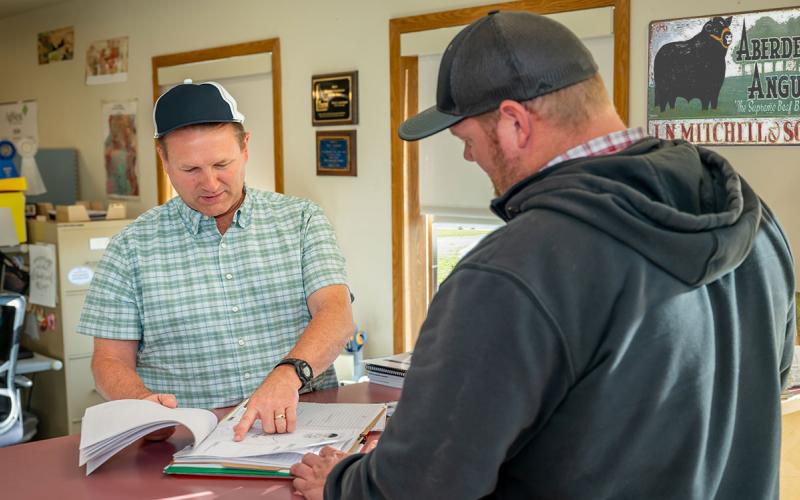
Checklist to Pasture Turnout
When preparing to turn your herd out to pasture, there are a few management decisions that need to be made. Having a simple checklist is an easy way to make sure you are prepared.

South Dakota Grasshopper Prediction for 2024
In 2024, grasshoppers are likely to cause problems in areas of South Dakota due to large populations that were present in 2023 and the relatively late first hard freeze date observed in much of the state.
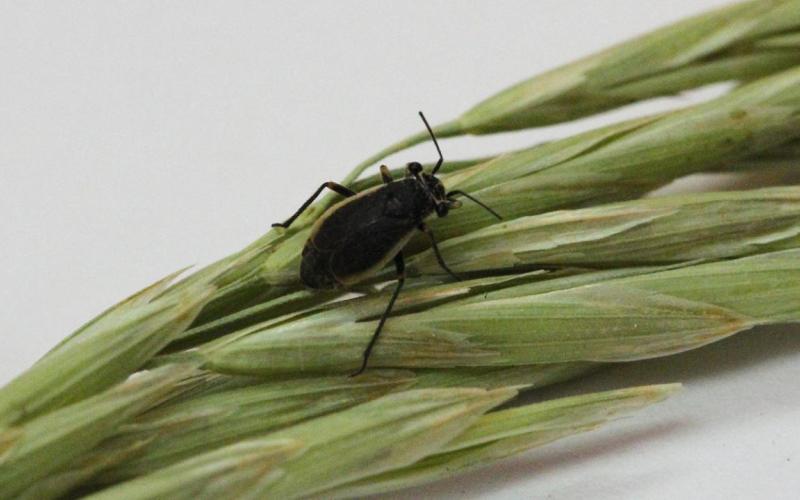
Keep an Eye on Black Grass Bugs This Spring
In South Dakota, black grass bugs are a common spring pest of forage grasses. This native insect first appears in late April and May when grasses emerge from dormancy.
![A herd of cattle gather around a stock pond on a vast, lush grassland. Courtesy: USDA [CC BY 2.0]](/sites/default/files/styles/teaser_800x500/public/2019-05/W-00231-00-cattle-grazing-grassland-pasture-range.jpg?h=8f818b46&itok=6GS1_Ww0)
Weed Control: Pasture and Range
There are 24 million acres of native and tame pasture and range as well as 1.4 million acres of grass hayland in South Dakota.
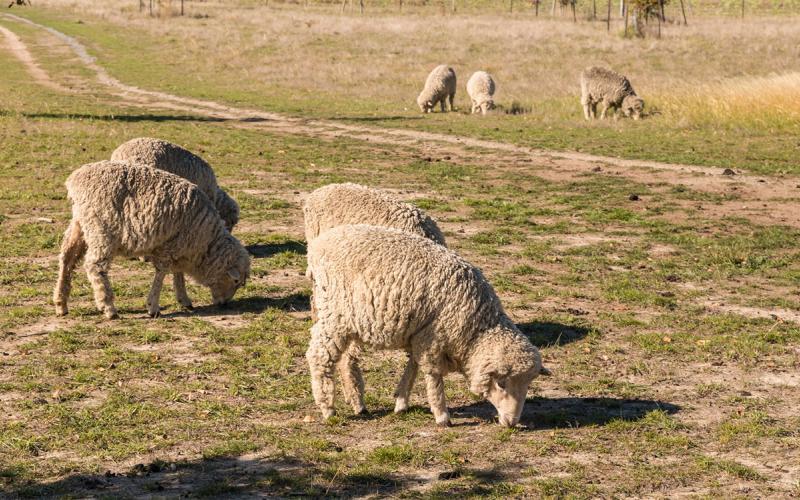
Using Rangeland to Extend Lambs to Meet a More-Optimal Market
Coming off a year of record prices across all classifications of sheep, the current drop in prices has been a bit discouraging. Using historic pricing data, we can observe seasonal price fluctuations that may make holding onto lambs a little longer a more-profitable option.
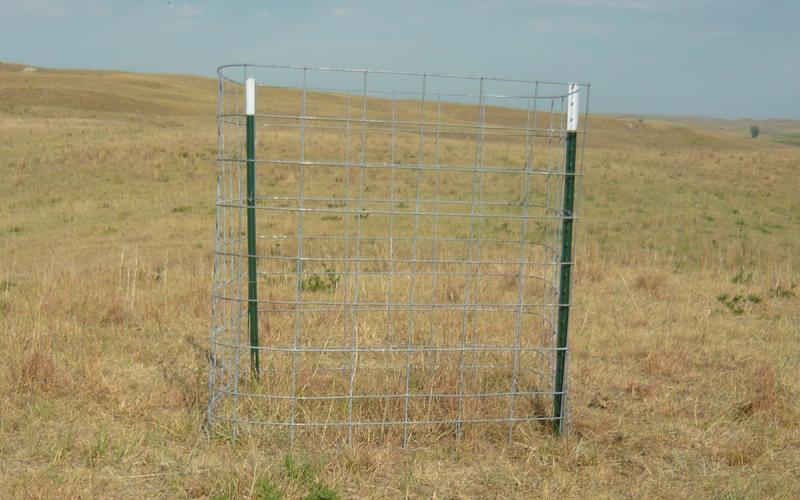
End-of-Season Monitoring
The end of the grazing season is a great time to monitor your pasture/rangeland resources. Learn about some strategies and tools available to help assess where you stand at the end of the season.
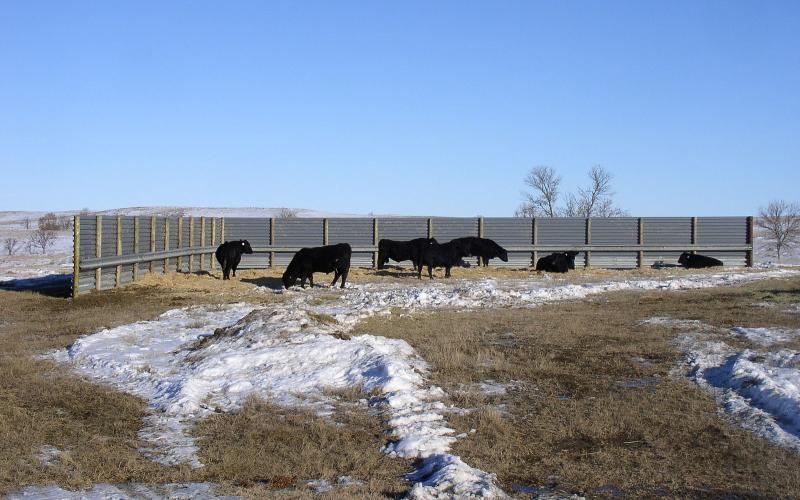
Guidelines for Livestock Windbreaks
Livestock grazing open crop residue fields or large pastures can be left exposed during extreme bouts of cold. Ensuring that cattle and any other livestock being pastured in exposed areas have adequate access to shelter to escape the wind and cold is especially important.